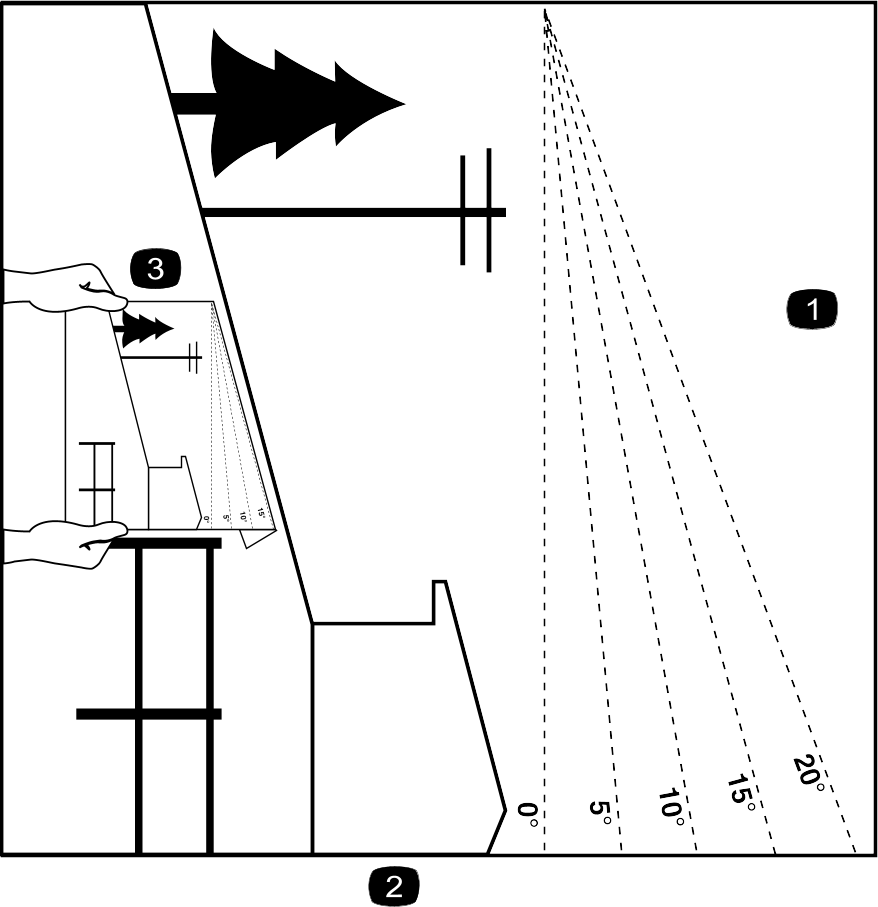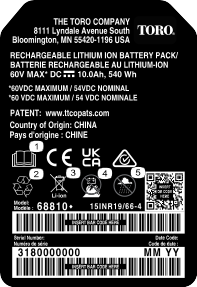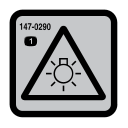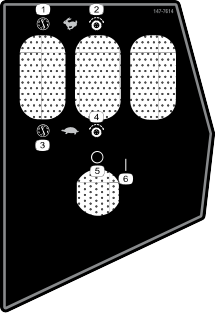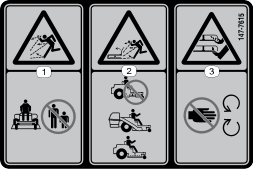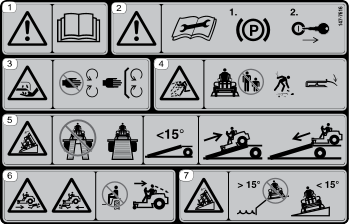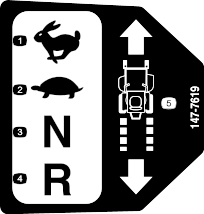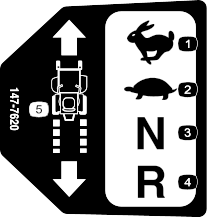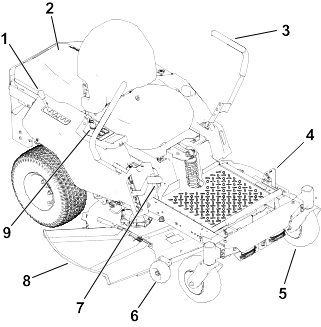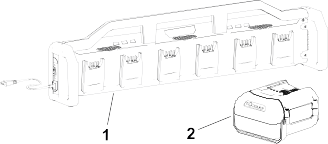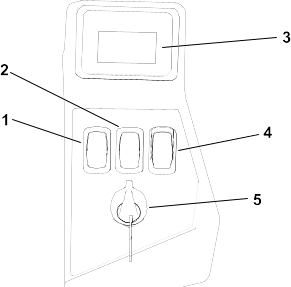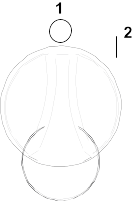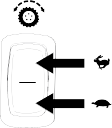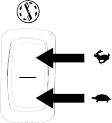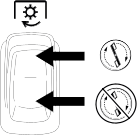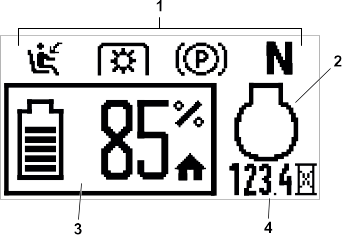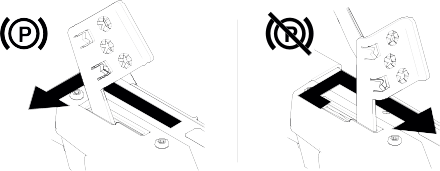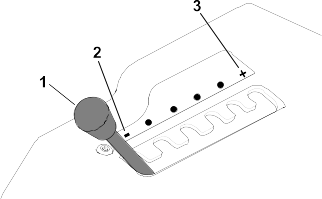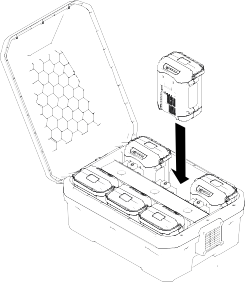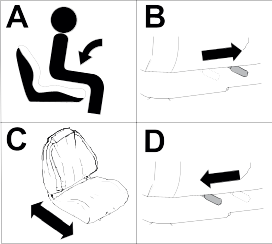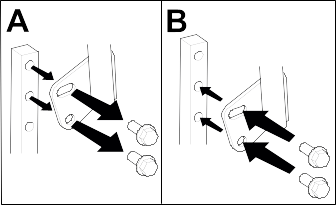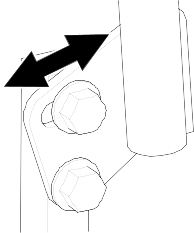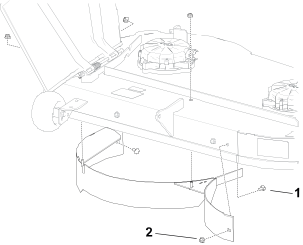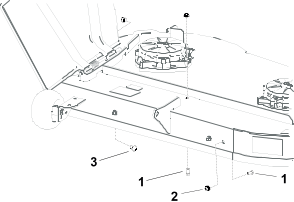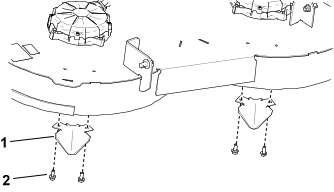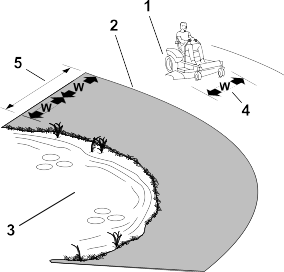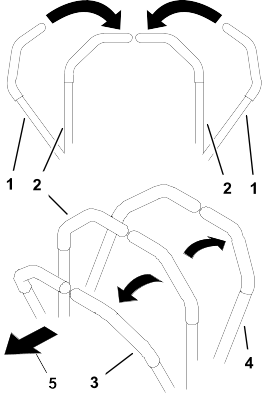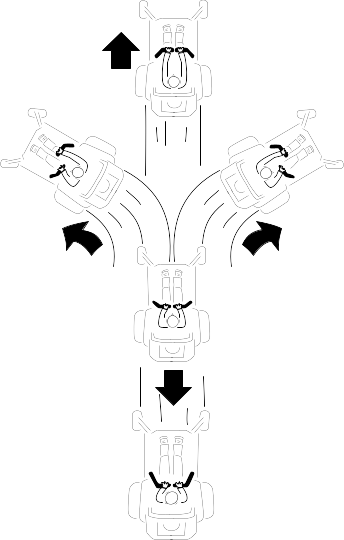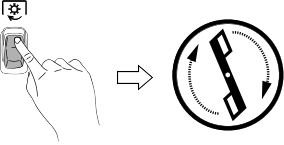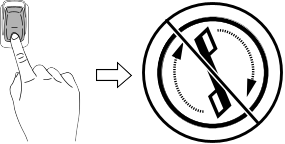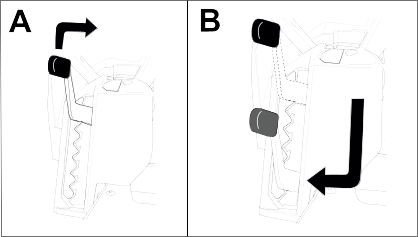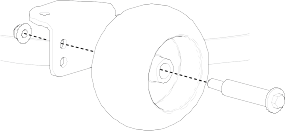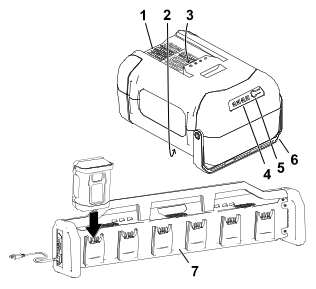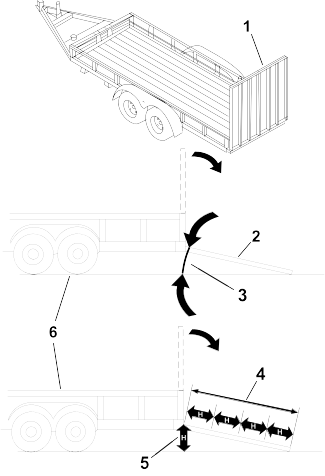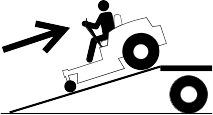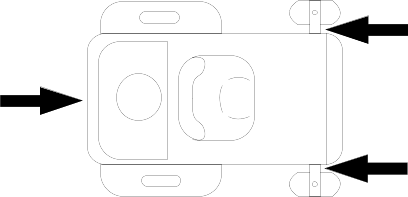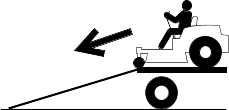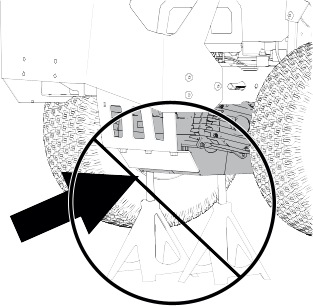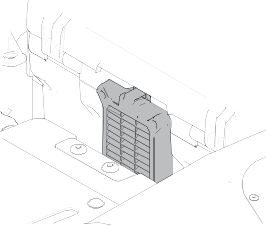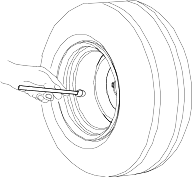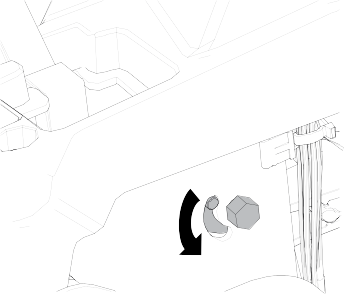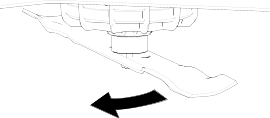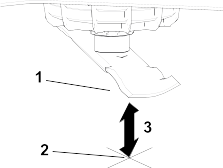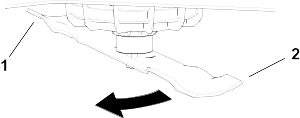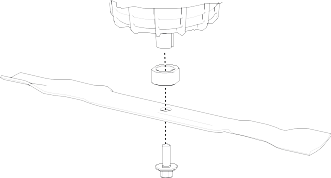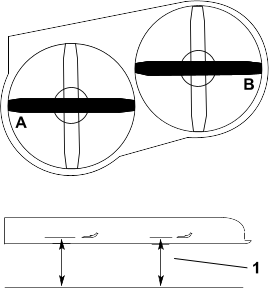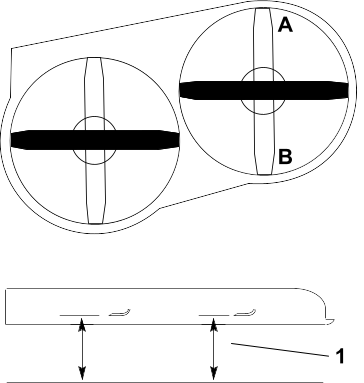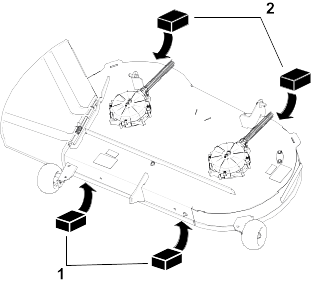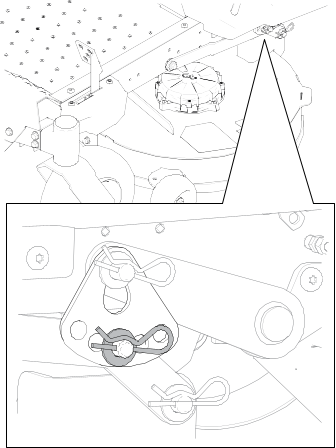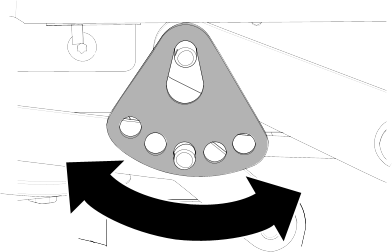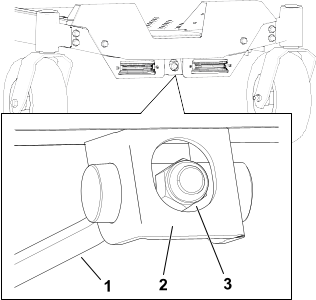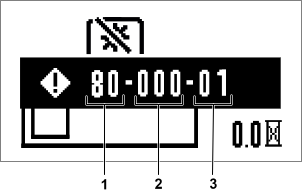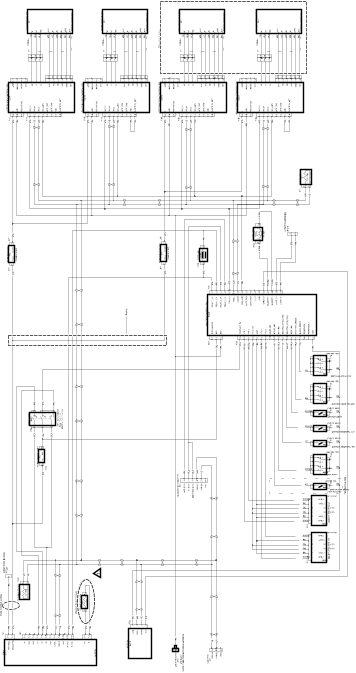| 60-XXX-66 |
There is a PMU precharge failure. |
Restart the machine; if issues
persist, contact an Authorized Service Dealer.
|
| 60-XXX-69 |
There is a PMU failure. |
Restart the machine; if issues
persist, contact an Authorized Service Dealer.
|
| 60-XXX-71 |
Battery 1 has indicated a relay
failure. |
-
Ensure that the battery is installed
properly.
-
Remove and charge the battery.
Install the battery.
-
If issues persist, replace the
battery or contact an Authorized Service Dealer.
|
| 60-XXX-72 |
Battery 2 has indicated a relay
failure. |
-
Ensure that the battery is installed
properly.
-
Remove and charge the battery.
Install the battery.
-
If issues persist, replace the
battery or contact an Authorized Service Dealer.
|
| 60-XXX-73 |
Battery 3 has indicated a relay
failure. |
-
Ensure that the battery is installed
properly.
-
Remove and charge the battery.
Install the battery.
-
If issues persist, replace the
battery or contact an Authorized Service Dealer.
|
| 60-XXX-74 |
Battery 4 has indicated a relay
failure. |
-
Ensure that the battery is installed
properly.
-
Remove and charge the battery.
Install the battery.
-
If issues persist, replace the
battery or contact an Authorized Service Dealer.
|
| 60-XXX-75 |
Battery 5 has indicated a relay
failure. |
-
Ensure that the battery is installed
properly.
-
Remove and charge the battery.
Install the battery.
-
If issues persist, replace the
battery or contact an Authorized Service Dealer.
|
| 60-XXX-76 |
Battery 6 has indicated a relay
failure. |
-
Ensure that the battery is installed
properly.
-
Remove and charge the battery.
Install the battery.
-
If issues persist, replace the
battery or contact an Authorized Service Dealer.
|
| 60-XXX-77 |
There is a positive metal-oxide-semiconductor
(MOS) failure in the PMU. |
Contact an Authorized Service
Dealer. |
| 60-XXX-79 |
A motor braking component is too
hot |
-
Shut off the machine and allow
it to cool before starting it again.
-
Operate the machine in the appropriate
temperature range.
|
| 60-XXX-80 |
Battery 1 is too hot. |
-
Shut off the machine, remove the
battery, and wait for the battery to cool.
-
Operate the machine in the appropriate
temperature range.
|
| 60-XXX-81 |
Battery 2 is too hot. |
-
Shut off the machine, remove the
battery, and wait for the battery to cool.
-
Operate the machine in the appropriate
temperature range.
|
| 60-XXX-82 |
Battery 3 is too hot. |
-
Shut off the machine, remove the
battery, and wait for the battery to cool.
-
Operate the machine in the appropriate
temperature range.
|
| 60-XXX-83 |
Battery 4 is too hot. |
-
Shut off the machine, remove the
battery, and wait for the battery to cool.
-
Operate the machine in the appropriate
temperature range.
|
| 60-XXX-84 |
Battery 5 is too hot. |
-
Shut off the machine, remove the
battery, and wait for the battery to cool.
-
Operate the machine in the appropriate
temperature range.
|
| 60-XXX-85 |
Battery 6 is too hot. |
-
Shut off the machine, remove the
battery, and wait for the battery to cool.
-
Operate the machine in the appropriate
temperature range.
|
| 60-XXX-86 |
There is a failure with battery
1 or the battery-charge level is too low.
|
-
Ensure that the battery is installed
properly.
-
Remove and charge the battery.
Install the battery.
-
If issues persist, replace the
battery or contact an Authorized Service Dealer.
|
| 60-XXX-87 |
There is a failure with battery
2 or the battery-charge level is too low.
|
-
Ensure that the battery is installed
properly.
-
Remove and charge the battery.
Install the battery.
-
If issues persist, replace the
battery or contact an Authorized Service Dealer.
|
| 60-XXX-88 |
There is a failure with battery
3 or the battery-charge level is too low.
|
-
Ensure that the battery is installed
properly.
-
Remove and charge the battery.
Install the battery.
-
If issues persist, replace the
battery or contact an Authorized Service Dealer.
|
| 60-XXX-89 |
There is a failure with battery
4 or the battery-charge level is too low.
|
-
Ensure that the battery is installed
properly.
-
Remove and charge the battery.
Install the battery.
-
If issues persist, replace the
battery or contact an Authorized Service Dealer.
|
| 60-XXX-90 |
There is a failure with battery
5 or the battery-charge level is too low.
|
-
Ensure that the battery is installed
properly.
-
Remove and charge the battery.
Install the battery.
-
If issues persist, replace the
battery or contact an Authorized Service Dealer.
|
| 60-XXX-91 |
There is a failure with battery
6 or the battery-charge level is too low.
|
-
Ensure that the battery is installed
properly.
-
Remove and charge the battery.
Install the battery.
-
If issues persist, replace the
battery or contact an Authorized Service Dealer.
|
| 60-XXX-92 |
There is a PMU failure. |
Ensure that the battery is fully
seated in the slot; if issues persist, contact an Authorized Service
Dealer. |
| 60-XXX-93 |
There is a PMU failure. |
Ensure that the battery is fully
seated in the slot; if issues persist, contact an Authorized Service
Dealer. |
| 60-XXX-94 |
The PMU system is too hot. |
-
Shut off the machine and allow
it to cool before starting it again.
-
Operate the machine in the appropriate
temperature range.
|
| 60-XXX-95 |
The PMU communication timed out. |
Ensure that the battery is fully
seated in the slot; if issues persist, contact an Authorized Service
Dealer. |
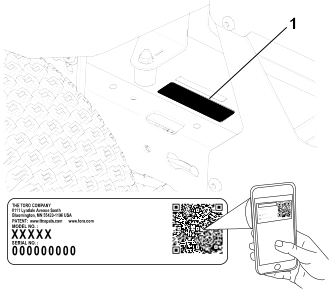
 . Write the numbers in the space
provided.
. Write the numbers in the space
provided. . Write the numbers in the space
provided.
. Write the numbers in the space
provided.

